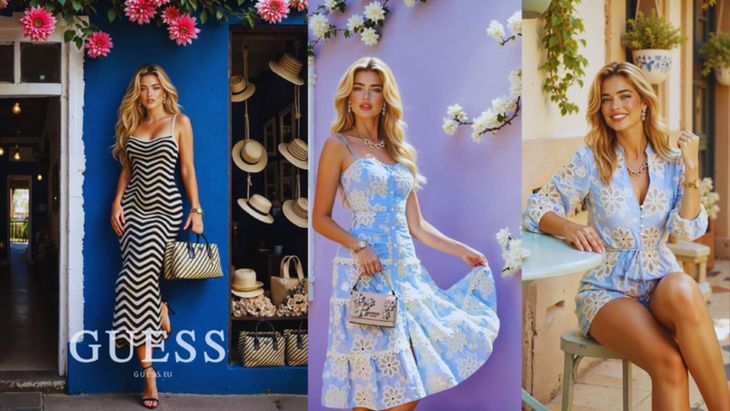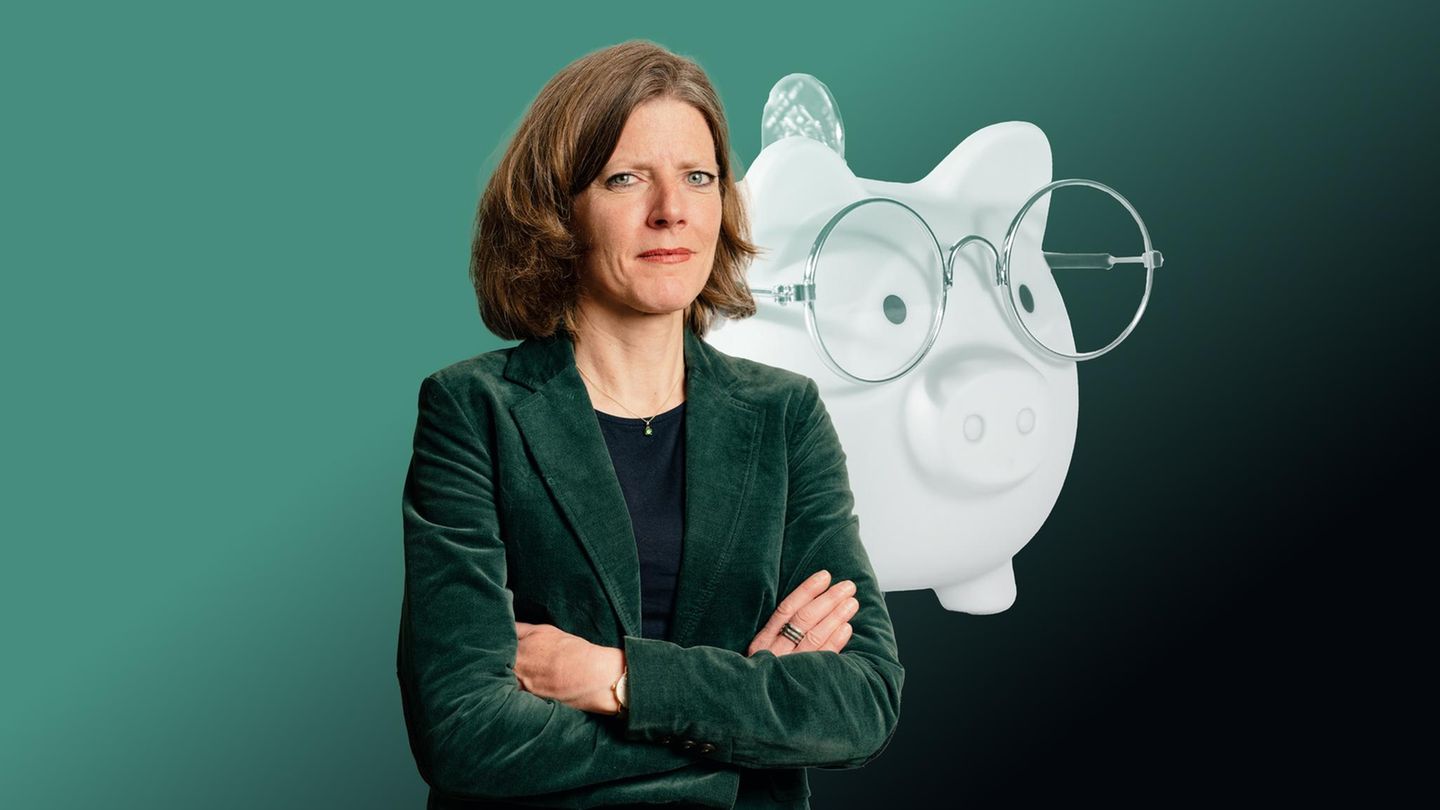The announcement of the most influential fashion magazine generated controversy due to the possible displacement of human workers.
Today with the expansion of the Artificial Intelligence (AI)on some occasions, you can complicate Identify whether something is real or not. This technology is increasingly developed, to the point of generating images or videos so precise that it scares.
The content you want to access is exclusive to subscribers.
In this context, Voguethe most influential fashion magazine, included a model completely generated by an AI For the first time in its history in its printed edition of August. This marked a precedent that divided the industry of fashion among those who defend the Technological innovation And those who warn about the Labor displacement and the perpetuation of unattainable beauty standards.


He Advertisement consists of two pages of the brand Guesswhere it appears to A blond model which appears in two different scenarios: sitting in a bar with a cup of coffee, with a light blue floral monkey, and subsequently supported against a blue wall with a black and white zigzag striped dress, with a brand matching bag. With a tiny lyrics it is revealed that the model is not real with a text that says “Seraphinne Vallera on ai.”
“We created 10 test models for him and selected a brunette woman and a blonde that we develop more,” said Valentina González, leader of the company who carried out the campaign. The process involves five employees And you can take up to a month from conception to completionwith rates that reach six -digit figures For important customers, according to Ai Magazine.
Model Seraphinne Vallora Artificial Intelligence ia Vogue 2

Guess campaign with AI model
Criticism of Vogue: What did the industry referents say
The debut of the virtual model in Vogue was severely questioned by Industry referentsdue to the danger that could generate in the lack of jobs.
The large sizes model, Felicity Haywardhe said that the campaign “It seems lazy and cheap”And he described it as “Decorazonadora and quite scary”. For its part, the mental health specialist Vanessa Longleyof the organization Beatwarned that these hyperrealistic representations increase the risk of eating disorders. “A bad body image can have serious consequences,” he said.
Finally, the exmodel and technological businesswoman, Sinead BovellHe joined the criticism and pointed out that it is not only “extremely problematic“, but also warned that there are people who They are operated to resemble digital filtersso the arrival of models created by AI could deepen this trend.
However, Andreaa Petrescu, the second in command of the company Seraphinne Vallera, clarified that his intention is that AI works as a complement, not as a replacement. In some cases, They use real models to test the garments before digitizing them. From Vogue they said that it was an advertising and non -editorial space.
Source: Ambito
I am an author and journalist who has worked in the entertainment industry for over a decade. I currently work as a news editor at a major news website, and my focus is on covering the latest trends in entertainment. I also write occasional pieces for other outlets, and have authored two books about the entertainment industry.




